Respiration Mechanism
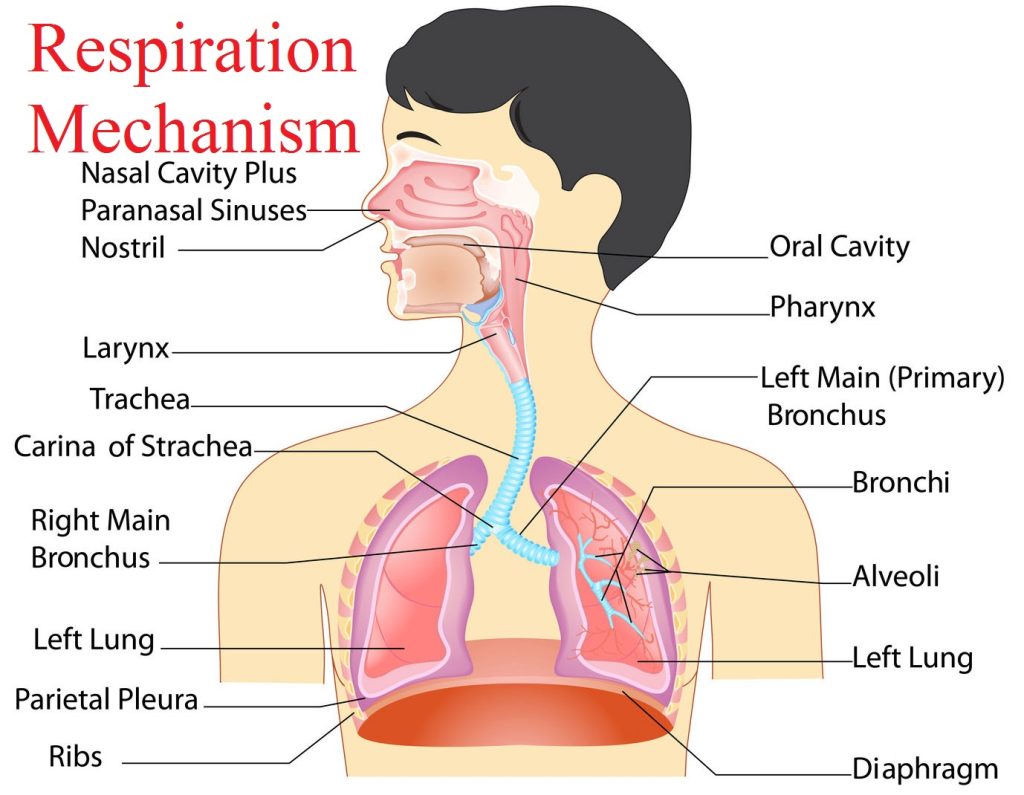
Respiration mechanism Normal breathing involves several different mechanisms. Shallow breathing is accomplished by the contraction of the diaphragm and the external intercostal muscles for inhalation. During exhalation, the muscles relaxing and the elasticity of the lungs returning to their resting volume expels air out of the lungs. Deep Breathing is accomplished by an inferior movement […]
Peripheral Nervous System

Peripheral Nervous System: The Peripheral nervous system (PNS) is the division of the nervous system containing all the nerves that lie outside of the central nervous system (CNS). The primary role of the PNS is to connect the CNS to the organs, limbs, and skin. These nerves extend from the central nervous system to the […]
Skeletal Muscle Structure
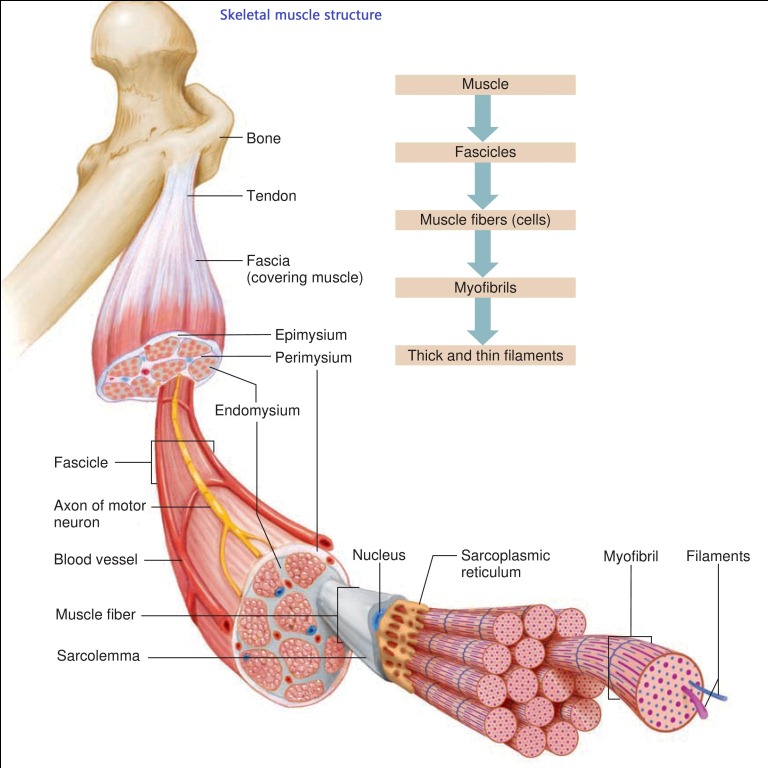
Skeletal Muscle Structure Skeletal muscles are composed of a large number of muscle fibers. Each muscle fiber has no one or more nuclei which lie in the periphery. The cytoplasm of the muscle cell is as sarcoplasm. Skeletal muscles are composed primarily of contractile material. Skeletal muscle is a composite tissue of connective tissue, blood […]
Conducting system of the heart

Conducting system of the heart Conducting system of the heart: the impulse for cardiac contraction is transmitted through the conduction system of the heart. This system is made of : Sino atrial node (SA-node) Atrioventricular node (AV-node) Bundle of his Purkinje fibers. Heart sounds: Totally 4 sounds are produced by the heart. The first sound […]
Classification of Human Bones
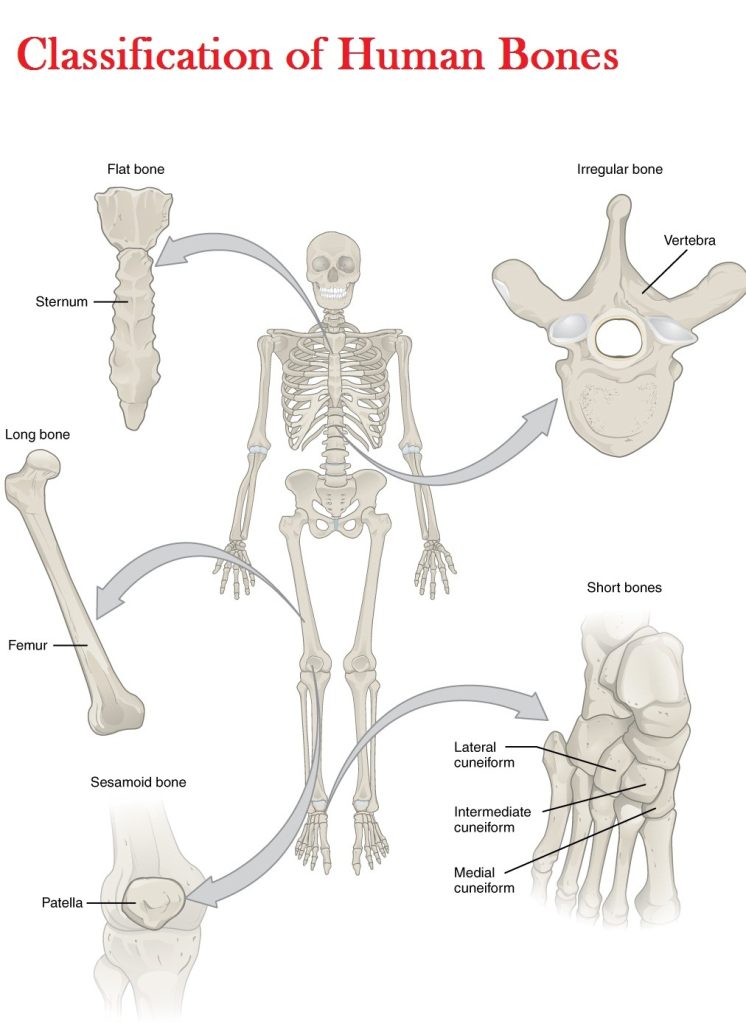
Classification of Bones according to shape Long bones: Long bones are characterized by a long tubular shaft and an articular surface at each end of the bone where ligaments and tendons attach. They’re found in the limbs to facilitate movement and support the weight of the body. These bones include the major bones of the […]
Pulmonary Ventilation
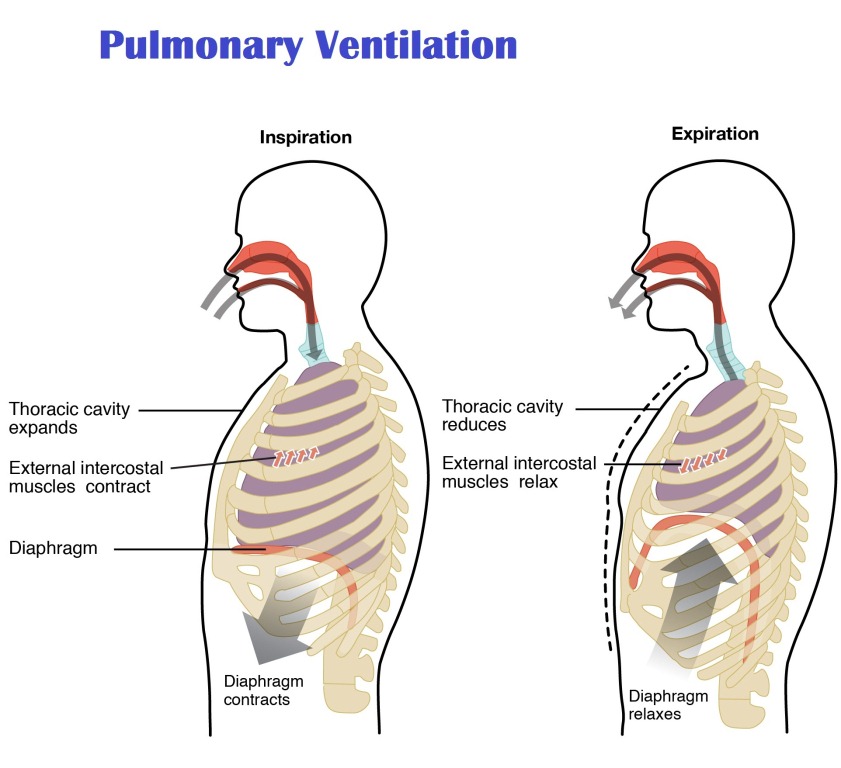
Pulmonary Ventilation Smooth muscle cells in the walls of the bronchioles adjust their diameter and help to control the flow of air into the alveoli of the lungs. The muscles of the thoracic cavity, including the diaphragm and intercostal muscles, change the volume of the thoracic cavity to force air into and out of the […]
Nervous System

Nervous System The nervous system has been divided into two components: The central nervous system which is composed of the brain and the spinal cord, and the peripheral nervous system, which is composed of ganglia and peripheral nerves that lie outside the brain and spinal cord. The peripheral nervous system has been, in turn, divided […]
CHARACTERISTICS OF SKELETAL MUSCLES
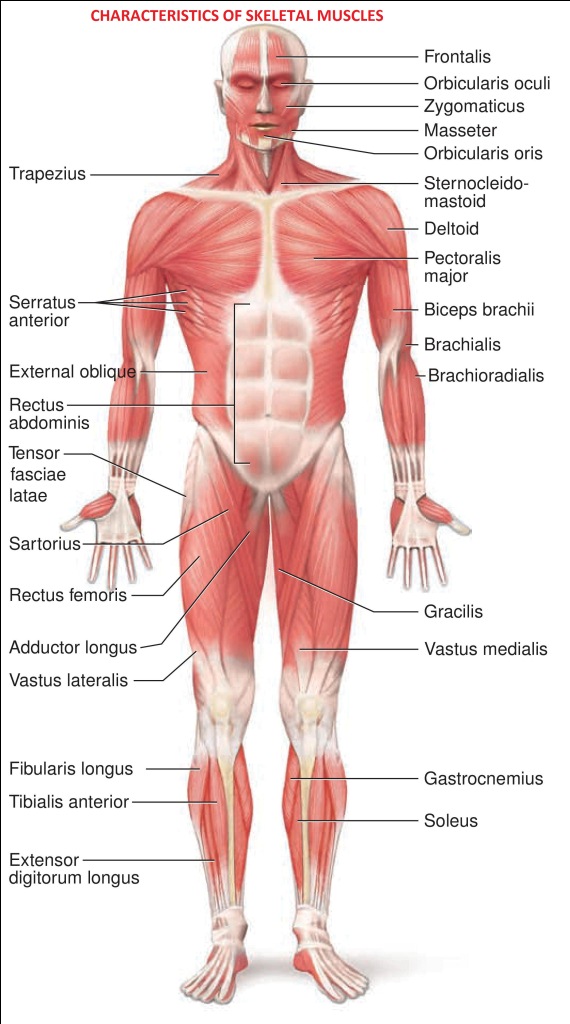
CHARACTERISTICS OF SKELETAL MUSCLES The four major functional characteristics of skeletal muscle are: Contractility – The ability to shorten which causes movement of the structures to which the muscles are attached. Excitability – The ability to respond or contract in response to chemical and/or electrical signals. Extensibility – The capacity to stretch to the […]
Cardiac Output

Cardiac Output The cardiac output is simply the amount of blood pumped by the heart per minute. Necessarily, the cardiac output is the product of the heart rate, which is the number of beats per minute, and the stroke volume, which is amount pumped per beat. Stroke volume is the amount of blood ejected per […]
Bone structure and formation
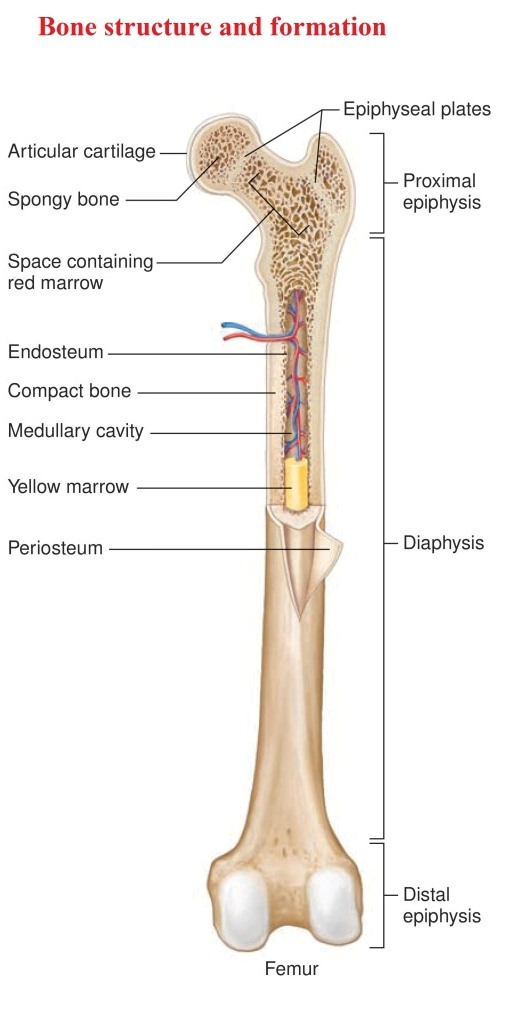
Bone structure and formation: Bone is the hardest of the connective tissues. Compact bone (Cortical Bone) and Spongy bone (Spongy Bone) are the two types of osseous tissue or bone tissue that make up bones. The bones are mostly composed of an outer layer of compact bone and an inner layer of spongy bone. Ossification […]
